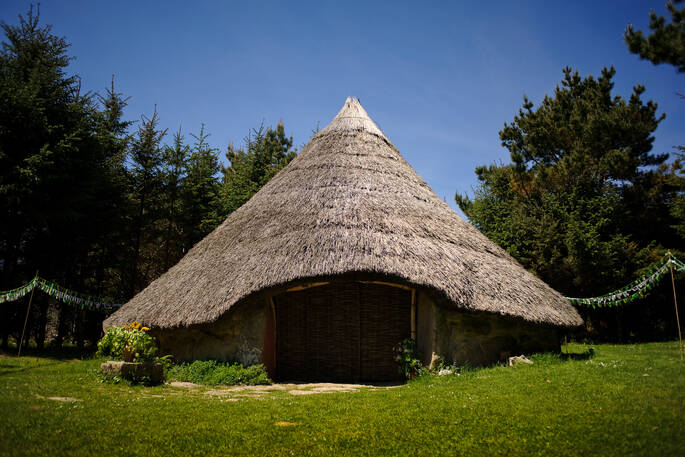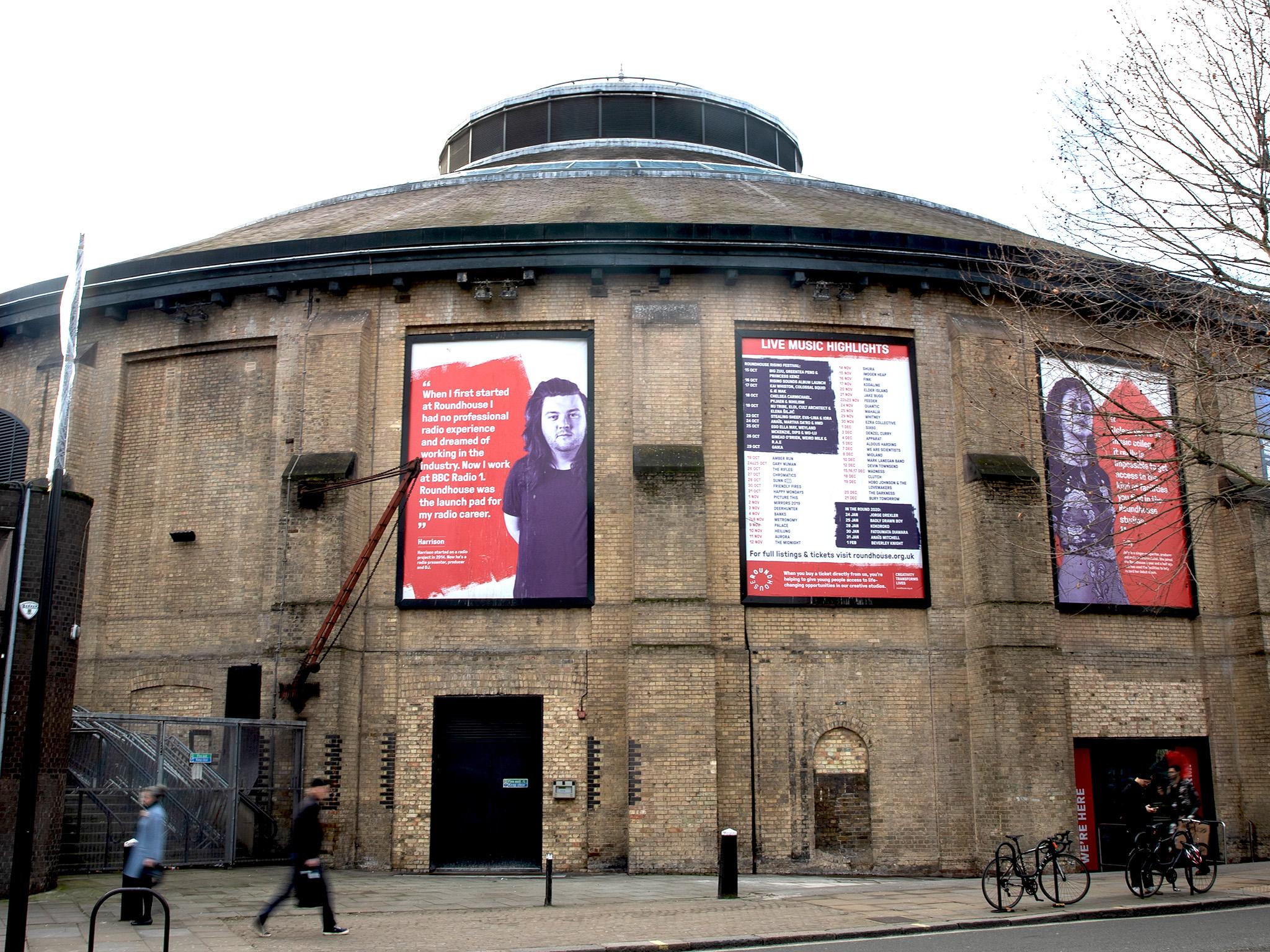Antwort How many people lived in a roundhouse? Weitere Antworten – Who lived in roundhouses

The Celtic tribes lived in villages. They lived in round houses with thatched roofs of straw or heather. In the South, walls of their houses were made from local material. Houses in the south tended to be made from wattle (woven wood) and daub (straw and mud) as there was lots of wood available from the forests.Surviving wall posts show that the roundhouses ranged from 5 to 8 metres in diameter when complete. The wall posts were surprisingly small, about 38 mm in diameter. They were made of willow or hazel roundwood and were pushed only a short distance into the ground.They fell out of use in South-West Britain in the 8th Century. Wales may have had them potentially for longer. Rectangular houses become popular among Irish elite 900 – 1000 CE.
What was inside a Celtic roundhouse : There were no windows in a roundhouse. Around the walls of the roundhouse were benches covered with animal skins, which would have been used for sleeping on. Animal skins covered the floor. Other furniture, such as low tables or chests, would have been made out of wood.
How big were Celtic roundhouses
The people built walls made of either stone or of wooden posts joined by wattle-and-daub panels, and topped with a conical thatched roof. These ranged in size from less than 5m in diameter to over 15m. The Atlantic roundhouse, Broch, and Wheelhouse styles were used in Scotland.
How did Iron Age people live : Homes. Inside the hill forts, families lived in round houses. These were simple one-roomed homes with a pointed thatched roof and walls made from wattle and daub (a mixture of mud and twigs). In the centre of a round house was a fire where meals were cooked in a cauldron.
The largest "as-built" roundhouse ever constructed is believed to have been the Boston and Maine's East Somerville roundhouse outside of Boston (today the site of the Boston Engine Terminal).
Rectangular buildings replace the roundhouse eventually because of construction materials and, possibly, because of the Roman influence; the arrival of concrete, the arch and the rectilinear layout.
How big were Bronze Age roundhouses
These ranged in size from less than 5m in diameter to over 15m. The Atlantic roundhouse, Broch, and Wheelhouse styles were used in Scotland. The remains of many Bronze Age roundhouses can still be found scattered across open heathland, such as Dartmoor, as stone 'hut circles'.Per Google the average height of an ancient Roman was 5′ 5″. The average height of a Germanic tribesman was 5′10″. The average height of a Celtic warrior was 5′ 11″ So, on average, the German and/or Celtic warrior was slightly taller than most Roman soldiers.There are likely more than 120 million people of Celtic descent in North and South America, Australasia, Africa and Europe. The largest single group is from Ireland, followed by Scotland, Wales and Cornwall.
Prehistoric Europe saw a growing population. It has been estimated that in about 5000 BC during the Neolithic between 2 million and 5 million lived in Europe; in the Late Iron Age it had an estimated population of around 15 to 30 million.
Was the Iron Age a dark age : 800 BCE, overlapping with the Iron Age, c. 1200-550 BCE) is the modern-day term for the period in Greek history following the Bronze Age Collapse when the Mycenaean Civilization fell and the Linear B writing system was lost, giving the era the designation "dark" because no contemporary written accounts of it exist.
How many people does the Roundhouse London hold : 3,300 people
The redeveloped Roundhouse will house up to 3,300 people standing or up to 1,700 seated.
How long did it take to build a roundhouse
But to try to answer that question, let's say a team of six with some building skills, might take 30 days to complete a roundhouse like our Bronze Age house, using traditional methods. With more people, or more experience it could be quicker but with bad weather and poor materials it could take longer.
about 167 cm
Height has been variable over the course of human history, with the mean height of early anatomically modern male humans reaching about 175 centimeters (5 feet 8 inches) during the Paleolithic, though then declining to about 164 cm during the Mesolithic before rebounding slightly to about 167 cm during the Bronze Age.This is not historical, romans just invented the myth germans were "big super powerful warriors" to glorify themselves. Some germans were tall, some others were not, exactely as romans.
Why were Romans so tall : Most Romans were not short. There diet was outstanding, especially the soldiers of highest order. Soldiers needed to be fed well and maintained in order to fight well in battle and carry the vast amount of equipment during campaigns and training. Some elite soldiers had height restrictions of a minimum of 5'8"+.







